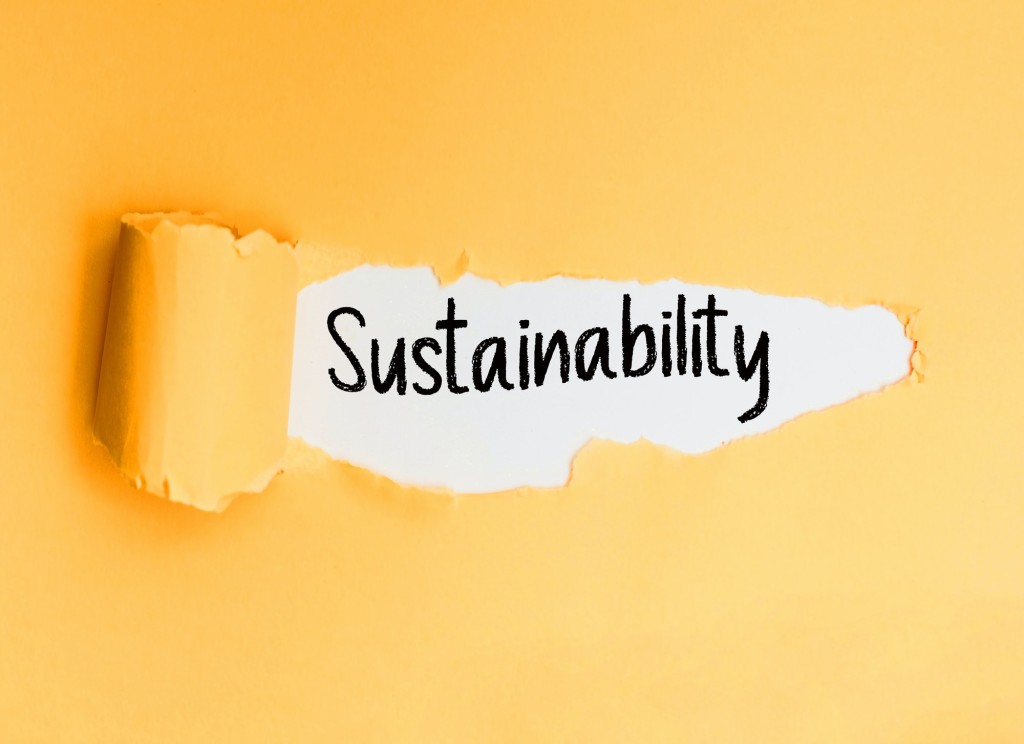
In recent years, the concept of sustainable development has gained significant attention as societies worldwide grapple with the challenges posed by environmental degradation, social inequality, and economic instability. Sustainable development aims to meet the needs of the present generation without compromising the ability of future generations to meet their own needs. To achieve this goal, assessing and understanding the impacts of various activities on human well-being and natural ecosystems is crucial. This essay will explore the importance of impact assessment in promoting sustainable development.
Understanding Impact Assessment
Impact assessment is a systematic process that evaluates a proposed project or policy’s potential positive or negative effects on various aspects such as the environment, society, economy, and culture. It helps decision-makers identify different options’ potential risks and benefits before making informed choices. The primary purpose of impact assessment is to ensure that development initiatives are aligned with sustainability principles.
Environmental Impact Assessment (EIA)
One critical aspect of impact assessment is environmental impact assessment (EIA). EIA evaluates potential ecological consequences from proposed projects such as infrastructure development, industrial activities, or land-use changes. By identifying potential risks early in the planning process, EIA enables decision-makers to incorporate mitigation measures into project design.
For example, before constructing a new highway through a forested area, an EIA would assess its potential impacts on biodiversity loss, deforestation rates, air pollution from increased traffic emissions, and disruption of local ecosystems. Based on these findings, alternative routes or mitigation measures like wildlife corridors or noise barriers can be integrated into project plans to minimize adverse effects.
Social Impact Assessment (SIA)
Another crucial component of impact assessment is social impact assessment (SIA). SIA examines how proposed projects may affect communities’ well-being by considering factors such as employment opportunities, access to healthcare and education services, cultural heritage preservation, and displacement risks for indigenous populations or vulnerable groups.
For instance, when evaluating the construction of a large-scale dam, SIA would assess potential impacts on local communities’ livelihoods, including displacement of residents, loss of agricultural land, or changes in water availability for irrigation. This information can guide decision-makers in designing compensation programs, alternative livelihood opportunities, or community development initiatives to ensure that affected communities are not left worse off.
Economic Impact Assessment (EcIA)
In addition to environmental and social considerations, economic impact assessment (EcIA) is essential for sustainable development. EcIA evaluates the potential financial consequences of proposed projects or policies on local and national economies. It helps decision-makers understand how options affect employment rates, income distribution, public finances, and economic growth.
For example, before approving a new mining project in a rural area with high unemployment rates, EcIA would assess its potential impacts on job creation and income generation. This analysis would help policymakers determine whether the project’s benefits outweigh its costs and whether additional investments are needed to support affected communities’ transition towards more sustainable economic activities.
Integration of Impact Assessment into Decision-Making
To promote sustainable development effectively, impact assessment should be integrated into decision-making processes at all local and global levels. Governments should establish legal frameworks requiring developers to conduct comprehensive impact assessments before initiating significant projects. Additionally, public participation should be encouraged throughout the process to ensure transparency and accountability.
Furthermore, impact assessment findings should inform policy formulation by providing evidence-based recommendations for sustainable alternatives or mitigation measures. Decision-makers must consider these recommendations seriously when evaluating different options.
Impact assessment is crucial in promoting sustainable development by providing decision-makers with valuable insights into potential risks and benefits associated with various projects or policies. Environmental impact assessment helps identify ecological risks early on, while social impact assessment ensures that affected communities’ well-being is considered. Economic impact assessment allows policymakers to evaluate the economic viability of proposed initiatives.
Societies can move towards more sustainable development pathways by integrating these assessments into decision-making processes and incorporating public participation. Ultimately, impact assessment is a tool to balance economic growth, social equity, and environmental protection – the three pillars of sustainable development.
